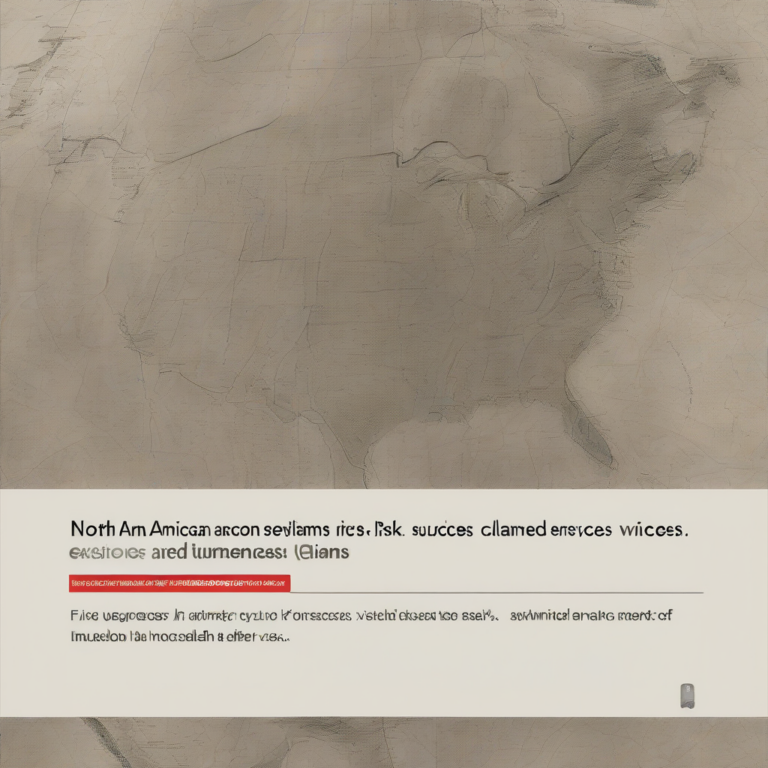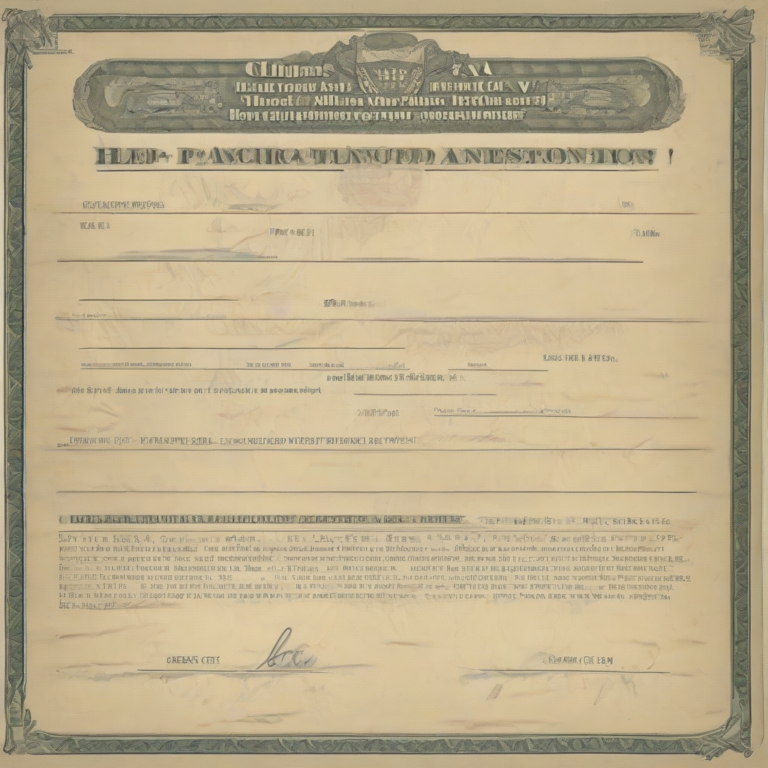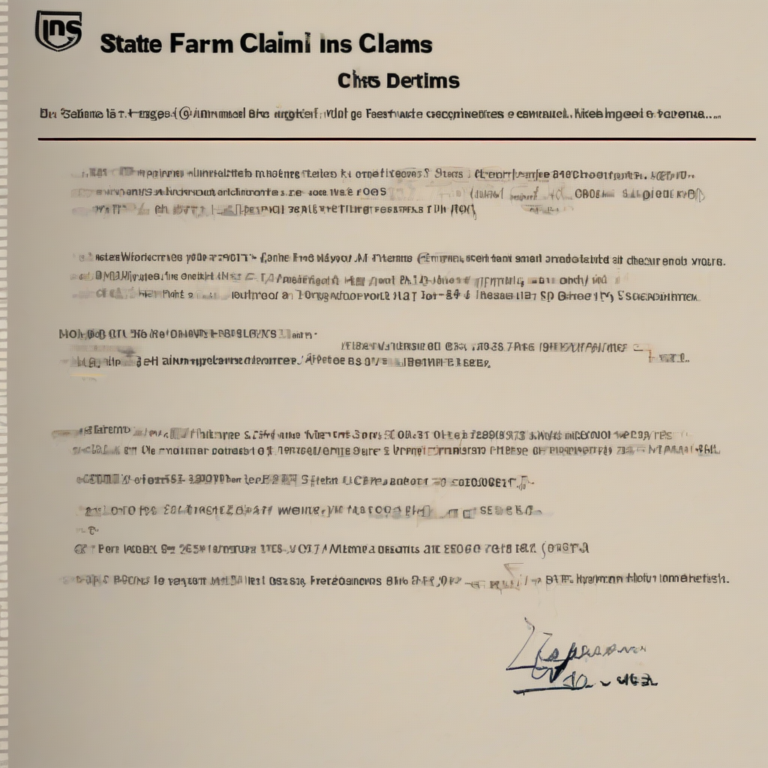One Claim Solution: A Comprehensive Guide to Streamlining Dispute Resolution
One Claim Solution: A Comprehensive Guide to Streamlining Dispute Resolution
In today’s interconnected world, disputes are inevitable. Whether it’s a contract breach, a product defect, or a service failure, businesses and individuals alike face the challenge of resolving conflicts efficiently and fairly. Traditional dispute resolution methods can be time-consuming, expensive, and emotionally draining. This is where the concept of a “One Claim Solution” emerges as a powerful alternative, offering a streamlined approach to resolving claims and minimizing the burden on all parties involved.
Understanding the Concept of a One Claim Solution
A One Claim Solution aims to simplify the process of handling disputes by centralizing communication, documentation, and resolution. Instead of navigating multiple channels and departments, all aspects of a claim are managed through a single, integrated platform or system. This approach emphasizes efficiency, transparency, and fairness, leading to quicker resolutions and improved customer satisfaction.
Key features of an effective One Claim Solution include:
- Centralized Claim Submission: A single point of entry for submitting all claims, regardless of the type or origin.
- Automated Workflow Management: Streamlined processes that automatically route claims to the appropriate personnel and track their progress.
- Secure Document Management: Centralized storage and management of all claim-related documents, ensuring easy access and auditability.
- Real-time Tracking and Reporting: Provides stakeholders with up-to-date information on the status of their claims and key performance indicators.
- Integrated Communication Tools: Facilitates seamless communication between claimants, adjusters, and other involved parties.
- Data Analytics and Reporting: Generates insights into claim patterns, helping identify areas for process improvement and risk mitigation.
- Compliance and Auditability: Ensures adherence to relevant regulations and provides a clear audit trail for all claim activities.
Benefits of Implementing a One Claim Solution
Adopting a One Claim Solution offers numerous advantages for organizations and individuals:
- Reduced Costs: Streamlined processes and automation lead to significant cost savings by minimizing administrative overhead and reducing the time spent on claim processing.
- Faster Claim Resolution: The centralized and automated approach accelerates the resolution time, resulting in improved customer satisfaction and reduced backlog.
- Improved Customer Experience: A simplified and transparent claim process enhances customer satisfaction and loyalty.
- Enhanced Efficiency and Productivity: Automation and streamlined workflows free up personnel to focus on other critical tasks.
- Reduced Errors and Inconsistencies: Centralized processes minimize the risk of errors and ensure consistent handling of claims.
- Better Data Management: Improved data visibility allows for better analysis and informed decision-making.
- Improved Risk Management: Early identification of claim patterns and trends helps proactively mitigate risks.
- Enhanced Compliance: A centralized system ensures adherence to regulatory requirements and simplifies audits.
Components of a Successful One Claim Solution
Building a successful One Claim Solution requires careful consideration of several key components:
- Robust Technology Platform: The foundation of the solution is a reliable and scalable technology platform that can handle large volumes of claims and integrate with existing systems.
- Clear Processes and Workflows: Well-defined processes and workflows are essential to ensure consistent and efficient claim handling.
- Trained Personnel: Adequately trained personnel are crucial for effectively utilizing the system and providing excellent customer service.
- Effective Communication Strategies: Open and transparent communication is key to building trust and managing expectations.
- Data Security and Privacy: Robust security measures are essential to protect sensitive data and maintain compliance with privacy regulations.
- Continuous Improvement: Regularly reviewing and refining the system based on feedback and data analysis is critical for long-term success.
Types of Claims Handled by a One Claim Solution
A One Claim Solution can be adapted to handle various types of claims, including:
- Insurance Claims: Auto, home, health, and other insurance claims.
- Warranty Claims: Product defects and warranty breaches.
- Customer Service Claims: Complaints related to service quality or delivery issues.
- Legal Claims: Contract disputes, breaches of agreement, and other legal matters.
- Internal Claims: Claims related to employee errors, accidents, or other internal issues.
Implementing a One Claim Solution: A Step-by-Step Guide
Implementing a One Claim Solution is a phased process that requires careful planning and execution. A typical implementation process involves:
- Needs Assessment: Identifying the specific needs and requirements of the organization.
- Vendor Selection: Choosing a technology vendor that aligns with the organization’s needs and budget.
- System Design and Development: Designing and developing the system based on the identified requirements.
- Testing and Validation: Thoroughly testing the system to ensure its functionality and accuracy.
- Training and Rollout: Training personnel on how to use the system and deploying it to the organization.
- Monitoring and Optimization: Continuously monitoring the system’s performance and making necessary adjustments.
Choosing the Right One Claim Solution: Key Considerations
Selecting the right One Claim Solution requires careful evaluation of various factors:
- Scalability: The ability of the system to handle increasing volumes of claims.
- Integration Capabilities: Seamless integration with existing systems and data sources.
- User-Friendliness: Ease of use for both claimants and personnel.
- Security and Compliance: Adherence to industry regulations and data privacy standards.
- Cost-Effectiveness: Balancing the cost of implementation with the potential benefits.
- Vendor Support: The availability of reliable and responsive vendor support.
The Future of One Claim Solutions
The future of One Claim Solutions is likely to be shaped by advancements in artificial intelligence (AI) and machine learning (ML). AI and ML can automate even more aspects of claim processing, improving efficiency and accuracy. We can expect to see:
- Increased Automation: AI-powered automation will further streamline claim processing, reducing manual intervention.
- Improved Fraud Detection: AI can be used to identify and prevent fraudulent claims.
- Predictive Analytics: ML algorithms can predict future claim trends, allowing for proactive risk management.
- Enhanced Customer Self-Service: AI-powered chatbots and virtual assistants can provide claimants with instant support and guidance.
- Greater Transparency and Accountability: Blockchain technology can enhance transparency and accountability in claim processing.
Conclusion (Omitted as per instructions)






